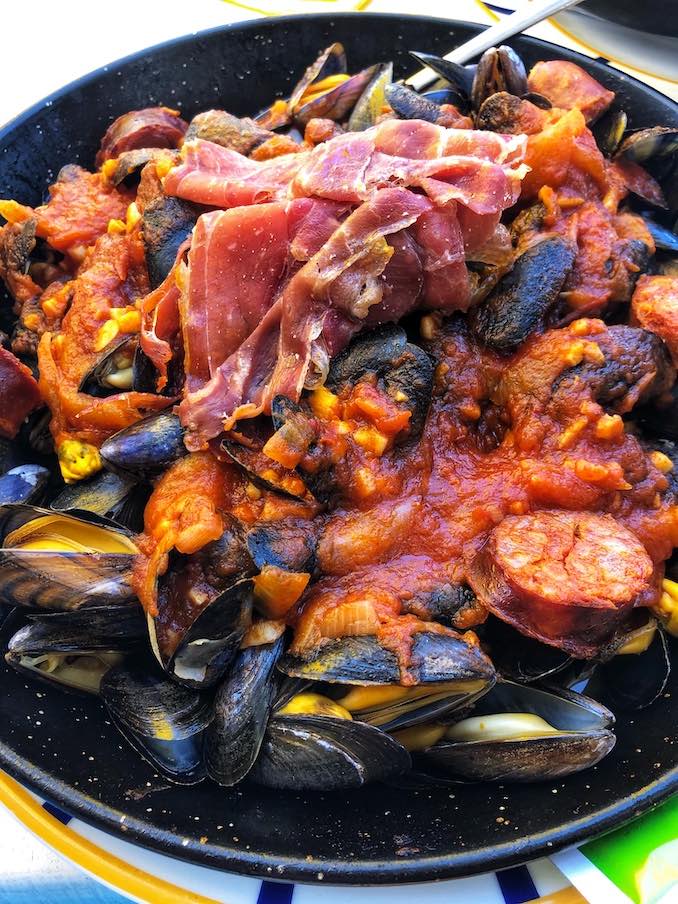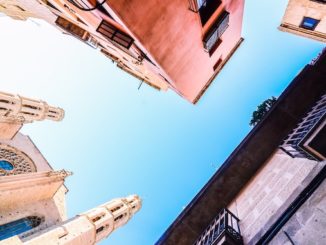If you haven’t heard of Basque Country before, you’re going to want to google that right now. Basque Country is located in the western Pyrenees, where France borders Spain. The area is home to the Basque people, their language of Euskara, and their own culinary traditions. The area also boasts adorable towns, incredible beaches, and unique architecture. It isn’t like any other place in Spain or France.
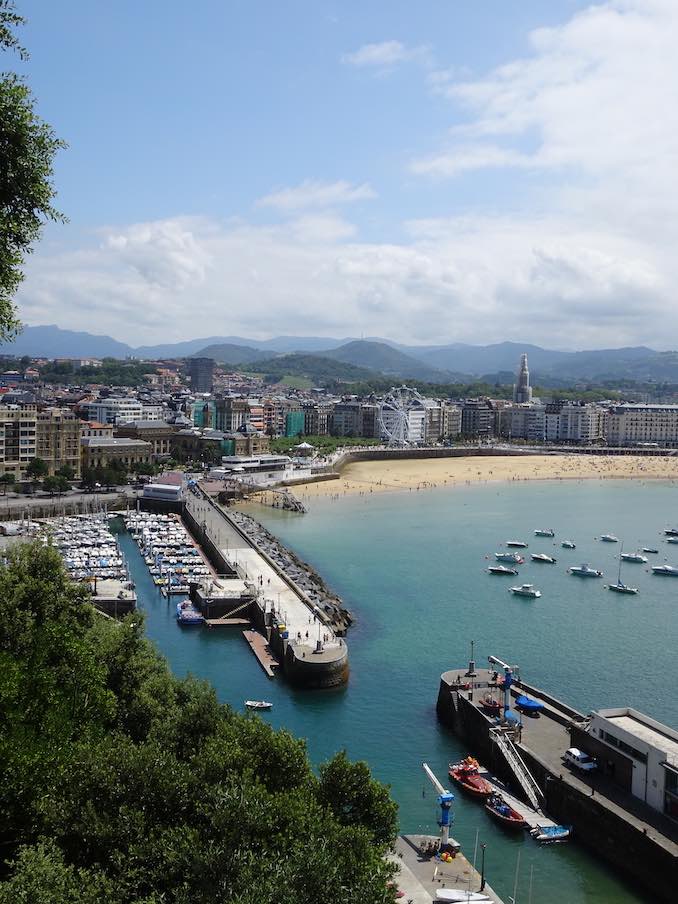
There are a few ways to get to Basque Country from Toronto. You can fly directly from Toronto to Donostia-San Sebastián with two layovers in London and Madrid, which takes about 13 hours and 35 minutes. It is probably the easiest way to get there if you don’t plan on renting a car. Another option, is leaving from Montreal and flying directly to Bordeaux with around a 3 hour drive down to the coast of San Sebastián. You can also fly from Toronto with a stop-over in Paris, London or Amsterdam and then fly to Toulouse, followed by a 4 hour drive to the coast. Worth checking out some of the European low cost airlines for seasonal service, such as EasyJet from London Gatwick to San Sebastián twice weekly. Once you arrive in Basque Country, it’s easy to travel via bus or train. Most of the cities and towns are perfect for walking or biking, so you won’t need a car when you’re in the actual towns or cities.
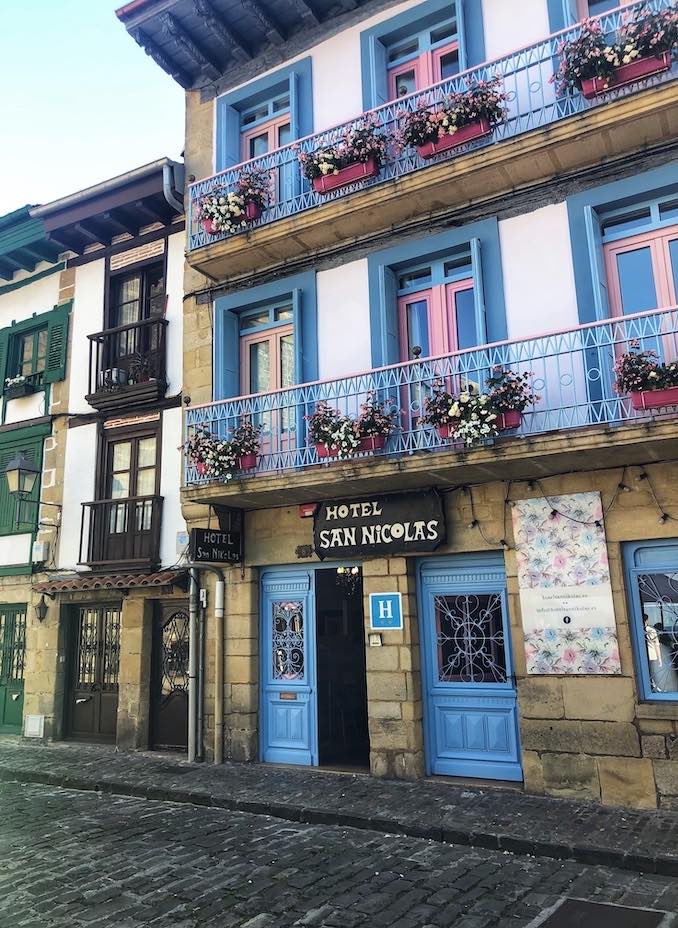
On our way to the magical Basque Country, we decided to take advantage of all the amenities at the Plaza Premium Lounge at Toronto’s Pearson International Airport to plan a bit more of our trip. Situated in Terminal 3, the newest lounge is the perfect place to unwind before takeoff. For only $43 dollars per person, the fully stocked lounge is a pay-per-use concept. Included in the price are free wifi, charging stations, food, drinks and even TV to keep you busy while you wait for boarding. Grab a pop or juice from the self-serve fridge or a draught beer from the tap and enjoy the all-you-can-eat premium food options. We’re about to tell you all the reasons why you should add this area to your travel bucket list.
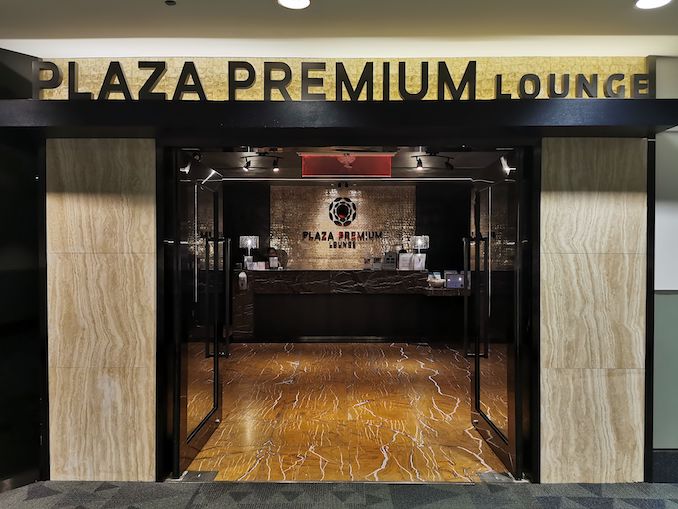

Start your trip in San Sebastián, the coastal city filled with insanely good food, delicious drinks and stunning views. San Sebastian, the capital of the Basque province of Gipuzkoa, lies on the Bay of Biscay. Named after the San Sebastian monastery in 1181, the settlement became self-governing under King Sancho III Garces of of Pamplona. In the 13th century, when the King of Castille, Alfonso VIII took over the town, it welcomed Gascon-speaking colonizers, which has impacted the town’s character to this day. The coastal city was an unassuming fishing village, which became a fashionable place for royalty escaping the summer heat in the 19th century, and is now a trendy hot spot for international travellers.
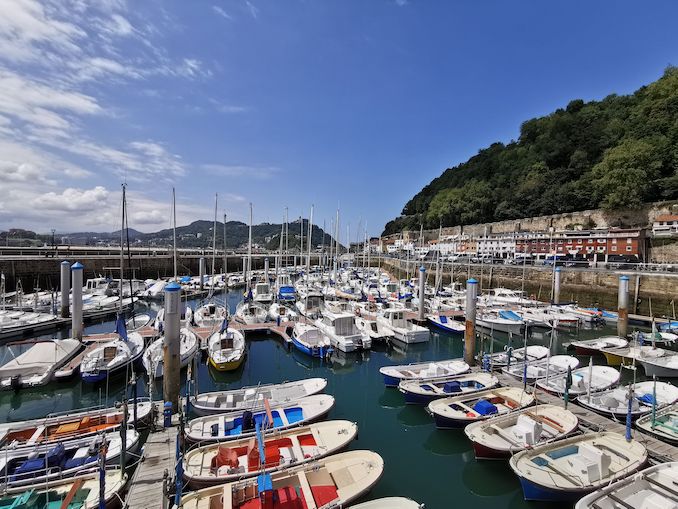
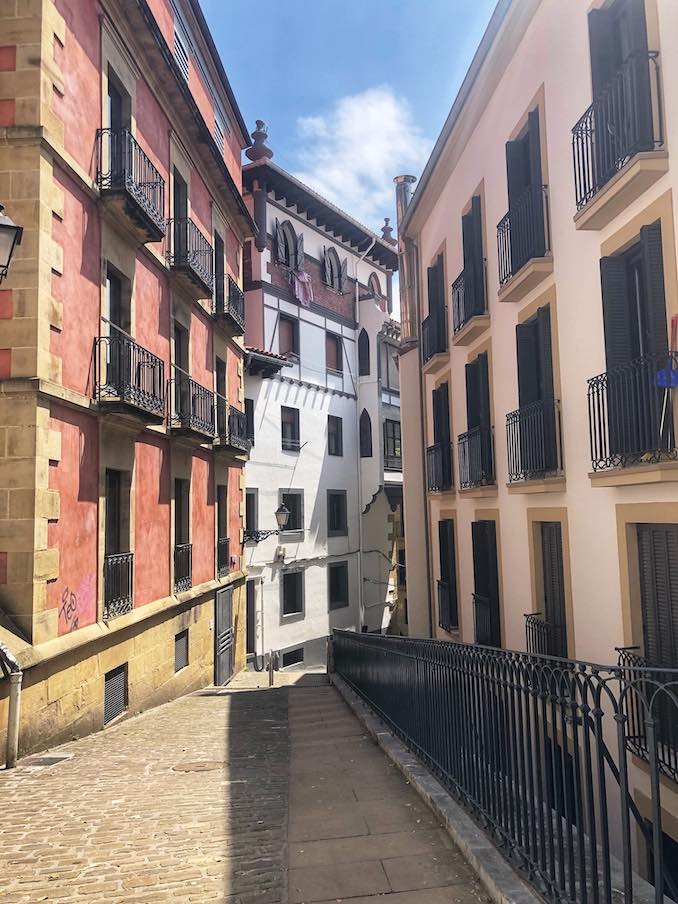
Park in the city centre, underground at the Basque National Orchestra. Begin your morning exploring the old restored part of town. Walk through narrow alleyways lined with tons of pintxo bars (the equivalent of tapas bars in this region), which all serve a huge variety of tiny bites. They are usually laid out in ‘buffet-style’ format or you can order them fresh. All you need to do is grab a plate, serve yourself, and order a beer or glass of wine to pair with your meal. This area is also known for the highest concentrated Michelin star restaurants per capita in the world. Make sure to start your pintxos tour early to avoid the crowds.
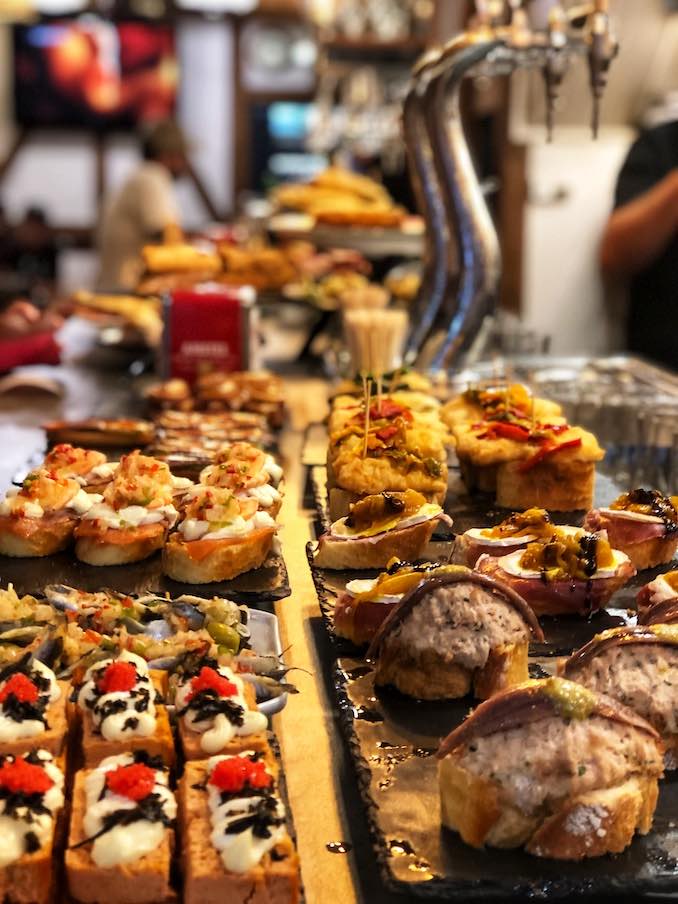
After you’ve conquered your meal, spend the afternoon at Concha Beach, which is known as one of the best city beaches in Spain, or continue walking through the Parts Vieja (the old town). This part of San Sebastian is known as the traditional core. Make sure to check out some of the iconic buildings along the way, like City Hall, which you can’t miss if you’re walking along the promenade along La Concha Beach or the Plaza de la Constitucion, set in the heart of the old town and used as a space to host cultural events.
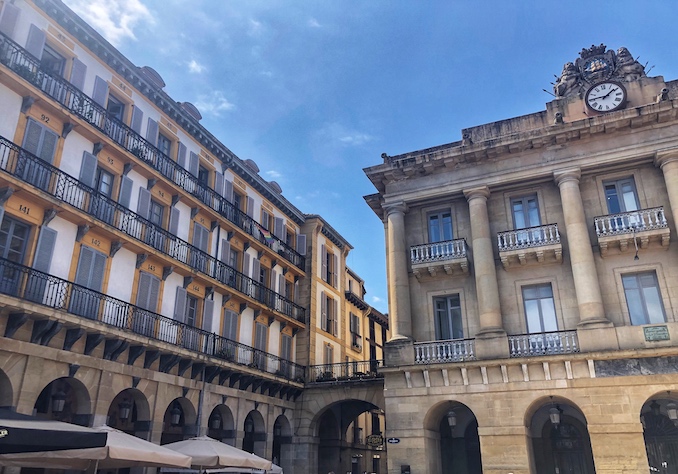
For a good workout after all those pintxos, climb Monte Urgull, the most significant historical heritage of the city. Start in the old town, right by the end of port on Mari Street. Take the picturesque promenade up to the peak and you’ll be rewarded with panoramic views overlooking all of San Sebastian. The walk should take about a half an hour to forty five minutes to get to the top. You can also take a bus up from the old town, if hiking isn’t your thing. Along the way there are a ton of benches to sit back and take in the views. Once you reach the top there is a small castle with fortifications and cannons, which date back to the 12th century. Due to its terrain and location, Monte Urgull was used as a military fortress to shelter from many assaults throughout history. At the summit is the Castillo de la Mota fortress, which played a key role in defending the city and is now home to a small museum that will give you a better understanding of the traits that defined the Donostian people through over 800 years of history. Upon your decent, take the route to Paseo Nuevo, where you can visit La Batería de la Damas (“The Ladies’ Battery”), one of the military areas guarded by cannons, that have stood the test of time. Don’t miss out on the British Cemetery (Cementerio de los Ingleses), situated on the back side of the mountain.
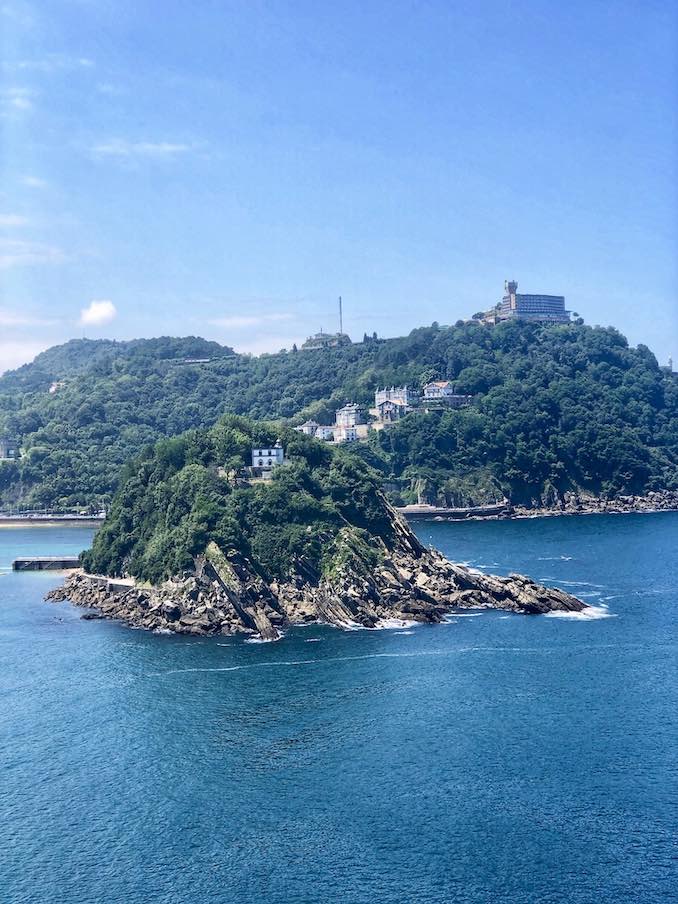
Next stop, take 30 minute taxi, bus, or car ride to Hondarribia, which is one of the most gorgeous villages in Basque Country. Facing Hendaye, France, this border town was settled by the Romans, and became a settled village in the 13th century. Long fought over by the Spanish and French, a treaty between the two countries was signed in the mid-1600s after the Thirty Years’ War. The entire city its bordered by a wall, which is the only similar remaining fortification in the area.
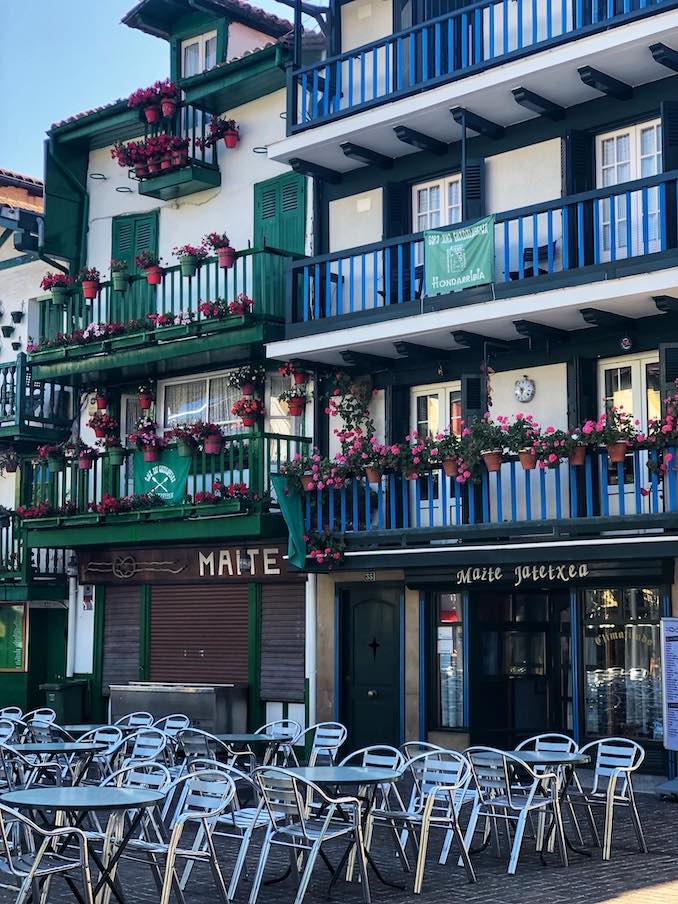
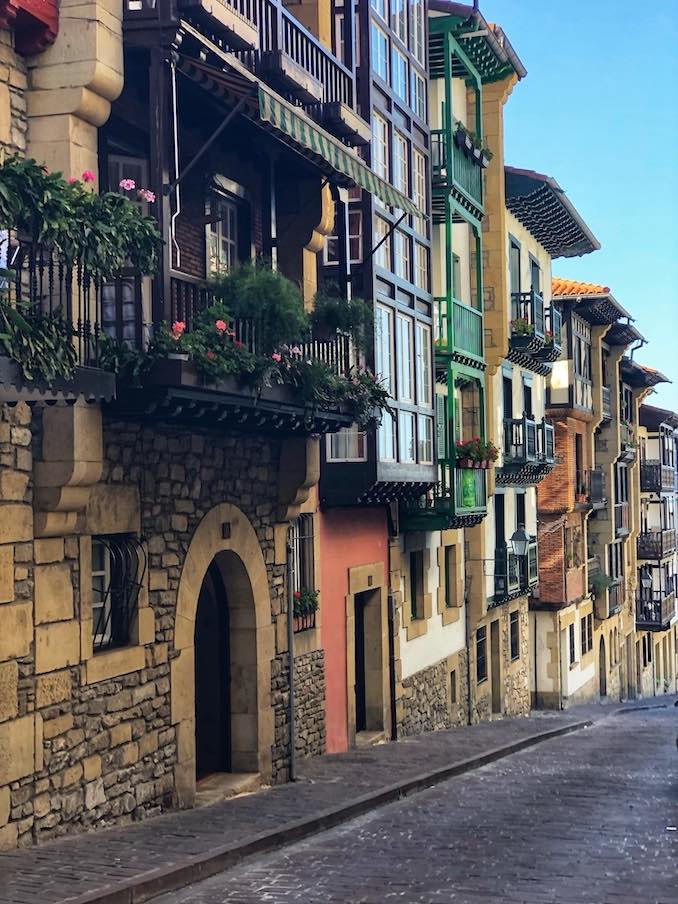
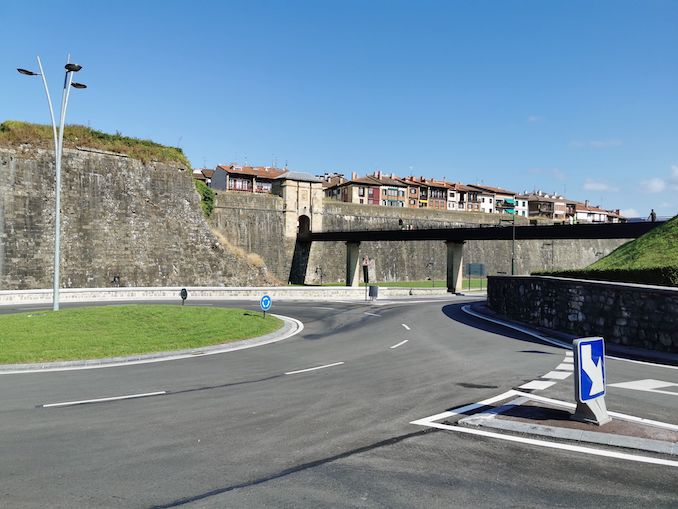
Walk through the old town, lined with Basque-style houses on cobble stoned streets, which feature wooden balconies that are painted in diverse colours. There are also some baroque-style buildings, as well. Feed your hunger cravings with more pintxo bars and restaurants near the marina. One noteworthy spot we highly recommend is Bar Restaurante Gran Sol. Make sure to order the Jaizkibel pintxo, a mushroom filled with cheese mousse with dried ham and aioli for a taste of heaven.
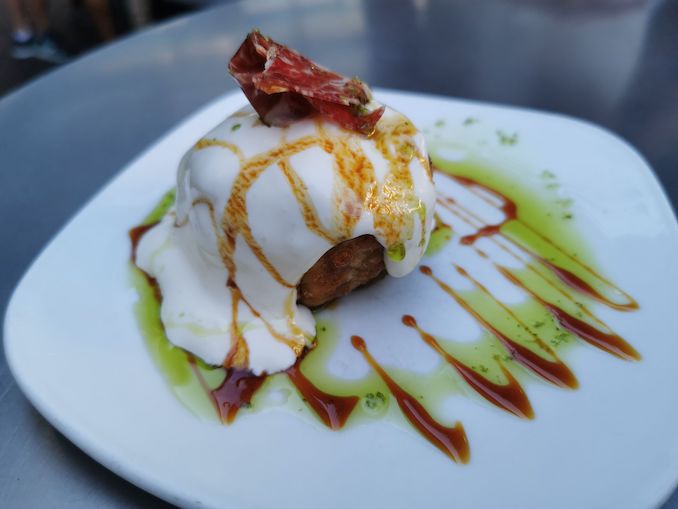
After you’ve had your pintxo fix, cross the border to France and head to Saint Jean de Luz. This hidden gem is on the French Atlantic Coast and is an old fishing village on the Atlantic coast dating back to the 11th century. It belonged to the British from the mid-12th century to the mid-15th century, ending with the Hundred Years Wars in 1451. An emissary from the French crown visited the village in the early 1600s, and noted the different liberal customs of the local people, accusing them of witchcraft. Hundreds of people were burned at the stake. A flourishing town by the mid-1600s, it was the site of the royal marriage of King Louis XIV to the oldest daughter of King Philip IV of Spain. By the 20th century, it became a favoured spot of European aristocracy.
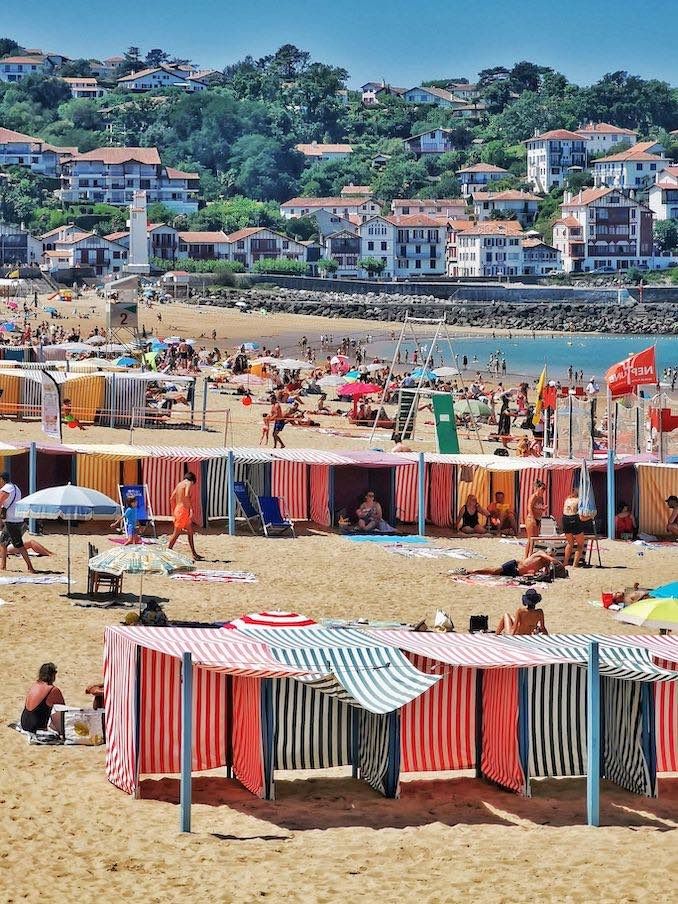
It features picturesque beaches, boutique shops, mouth-watering markets, easy walking streets and more. Take a stroll by the sandy bay and down Rue Gambetta, through streets filled with Basque-style architecture. These often have a stone base and are typically painted white with wooden frames that are painted red, green or blue. It is There are a ton of stores selling high-end chocolates and local produce. This relaxing town is the perfect place for an easy stroll. Check out the market of St Jean de Luz, open year round, which sells meats, fresh vegetables, cheese, and pastries. The best days to visit are on a Tuesday or Friday, as these are the days with the most vendors. Pick up a baguette, croissant or macaron from one of the many bakeries, or try Basque Cake, which is very popular in this region. Make sure to check out the Church of St. John Baptist for its incredible interior and rich history. It is not known for its thriving nightlife, so spend more time here during the daytime. For some postcard worthy lookouts, check out Rue de Sainte-Barbe and take in the mountainous views.
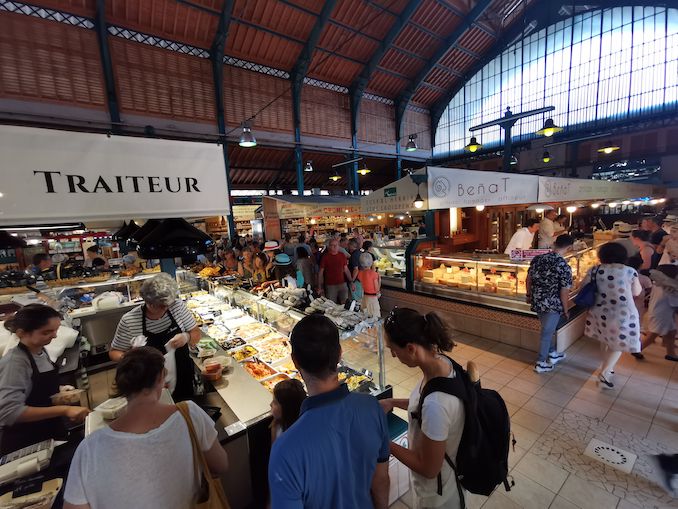
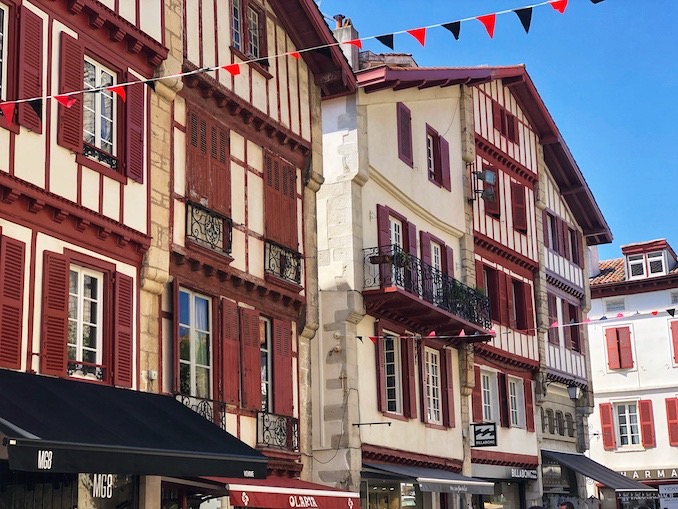
Only a 20 minute drive away from Saint Jean De Luz, Biarritz is another famous beach resort with a completely different vibe. Biarritz, once a tiny fishing village, is the most famous city in the Basque region. It turned into a fashionable place after 1854 when Napoleon and his Empress Eugenie visited, and became a favourite stomping ground of Spanish and British royalty, movie stars and artists. However, it was the British who made it a fashionable winter residence. This city is now filled with grand homes and has a luxurious feel to it. Besides being popular, surfing has deep roots on the Plage de la Côte des Basques. With its cliffside vistas, balmy weather, therapeutic waters and sandy beaches, this is part of what makes it such a popular vacation destination.
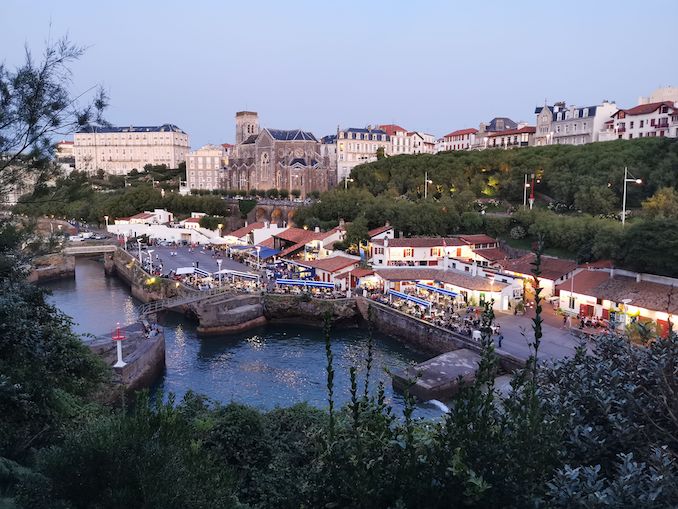
Walk along the the main beach strip, called the Grande Plage, located between the majestic Hôtel du Palais and the Bellevue Congress Center past the casino and the fisherman port. Stop here for cute restaurants with fresh fish or seafood overlooking the water. Stop by the Rock of the Virgin, connected to the mainland via a bridge (made by Mr. Eiffel of the Eiffel Tower) for sunset. These are some of the most incredible views in Biarritz and is a definite must-see. Another spot you won’t want to miss is the 74 meter high lighthouse which is open to the public. It’s situated soon a cliff right on the water, giving you some gorgeous vistas over the French coast. This is another perfect spot for sunset. There are tons of restaurants overlooking the ocean, perfect for all types of cuisine and an abundant of nightlife.
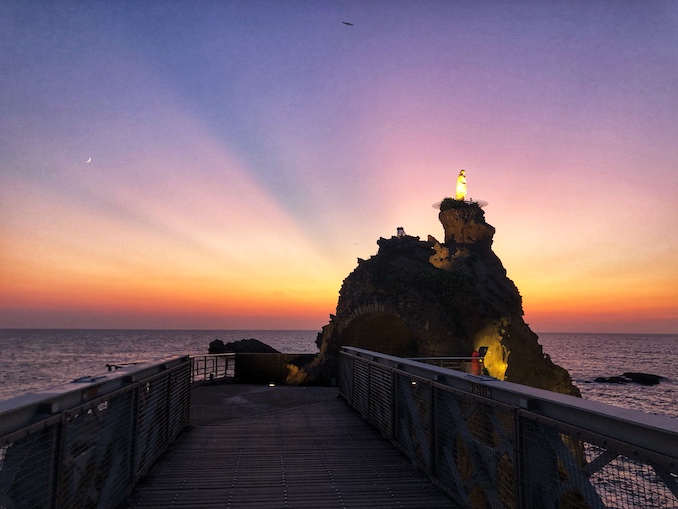
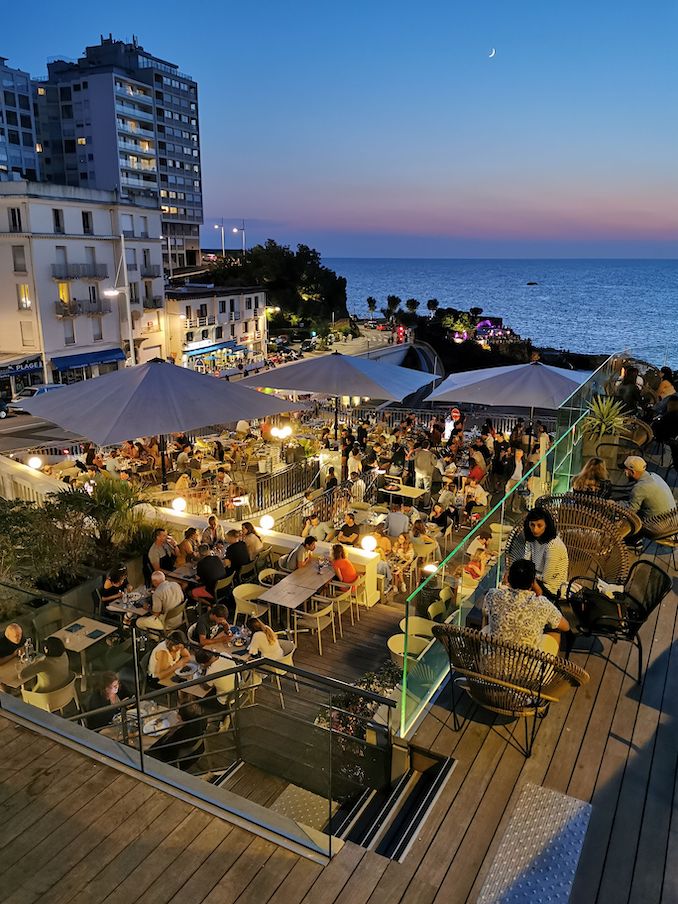
There are a ton of towns along the Basque coastline to explore, all boasting beautiful beaches, delicious food, and cute fishing villages that extend from Biarritz to Bilbao. Some of highlights include, Elantxobe, Lekeitio, and Getaria. Don’t miss the golden sand dunes in Bidart and while you’re there, make sure to eat at the beachside restaurant, Le Bleu Blanc Jaune. Make sure to order the Basque style moules-frites with chorizo and Serrano ham, you won’t be disappointed.
